Ein Film von Christina Tournatzés.
[Credits] [Tickets & Termine] [Trailer]
Mit Freiheitsstrafe nicht unter einem Jahr wird bestraft, wer sexuelle Handlungen an einer Person unter vierzehn Jahren (Kind) vornimmt oder an sich von dem Kind vornehmen lässt.“ Dieser Paragraph wird für Karla zum Schutzschild, nachdem sie mehrmals erfolglos bei der Polizei vorgesprochen hat. Diesmal lässt sie sich nicht fortschicken, sie kennt ihr Recht: „Ich bin Karla Ebel. Ich bin zwölf Jahre alt und ich möchte Anzeige erstatten.“ Sie hat es geschafft, zu einem Richter vorzudringen. Der ist zunächst skeptisch. Es ist 1962, und den Fall einer 12-jährigen zu verhandeln, die ihren Vater des wiederholten sexuellen Missbrauchs anzeigt, ist so aussichtslos wie karriereschädlich, denn die Welt ist noch in Ordnung, und in guten Familien passiert „sowas“ nicht. Aber Karla bleibt beharrlich.
„Konsequent bleibt der Film ganz nah bei seiner Protagonistin, ihren Gefühlen, ihrem Gesicht. Es ist das Gesicht von Elise Krieps in ihrer ersten Rolle – eine Entdeckung, ein Glücksfall! Mit großer Präsenz verkörpert sie die stille Kraft der traumatisierten Karla zwischen hilflosem Schweigen und ihrem unbändigen Wunsch nach Gerechtigkeit und einem Leben ohne Übergriffe. … Kann man einen Film über sexuellen Missbrauch machen, ohne die Tat in Worten zu schildern oder in Bildern zu zeigen? Regisseurin Christina Tournatzés gelingt es, in ihrem Spielfilmdebüt jegliche Form von Voyeurismus zu vermeiden. Zarte Andeutungen, visualisierte Erinnerungsfetzen, blitzschnelle Flashbacks, doch nie wird die junge Protagonistin als Opfer gezeigt. Nie verliert sie ihre Würde. Schon das allein macht Karla so besonders.“ Sabine Schultz | kino-zeit
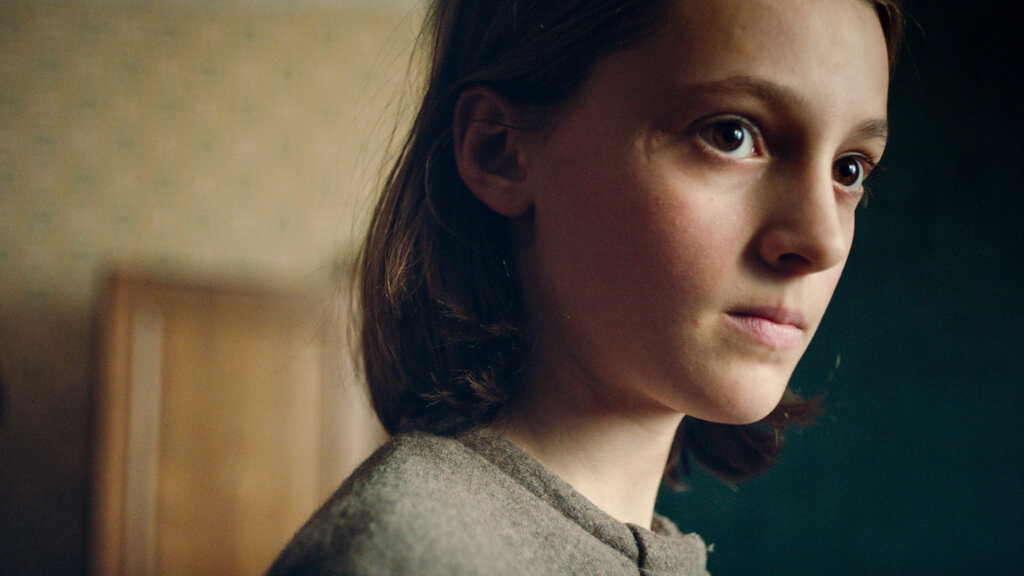
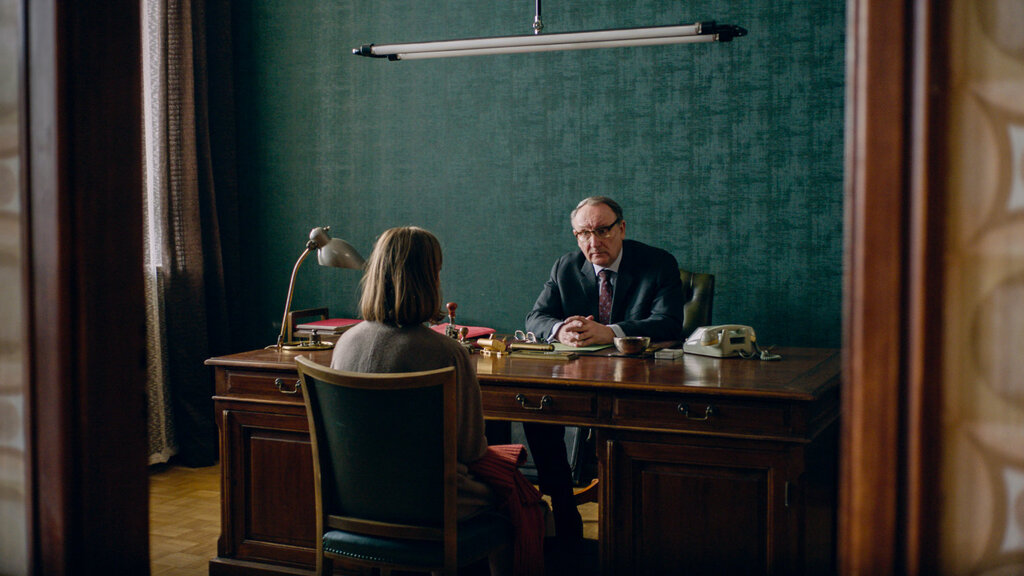
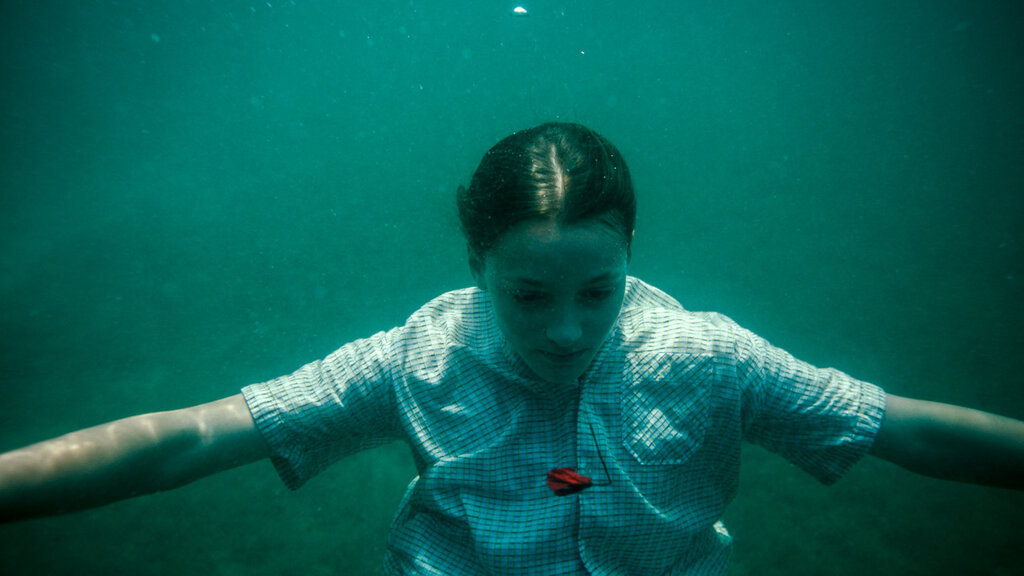
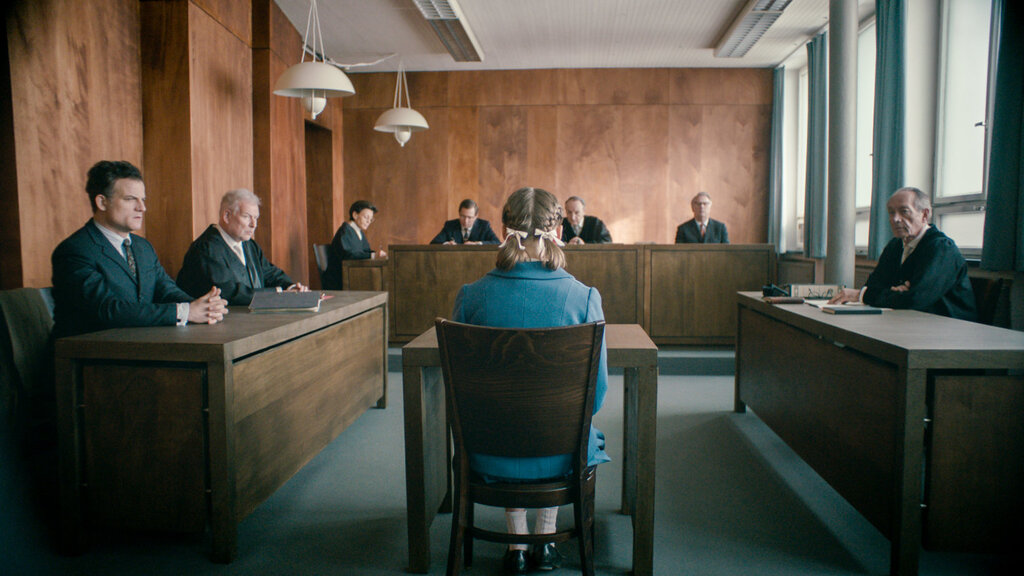
Credits:DE 2025, 104 Min., deutsche Originalfassung mit englischen Untertiteln
Regie: Christina Tournatzés
Kamera: Florian Emmerich
Schnitt: Isabel Meier
mit: Elise Krieps, Rainer Bock, Imogen Kogge, Torben Liebrecht, Katharina Schüttler
Trailer:nach oben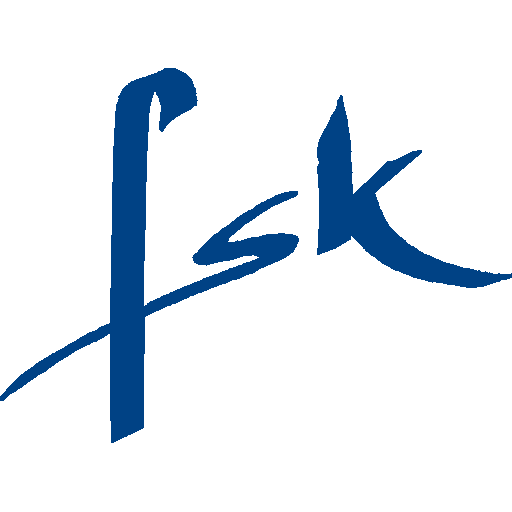
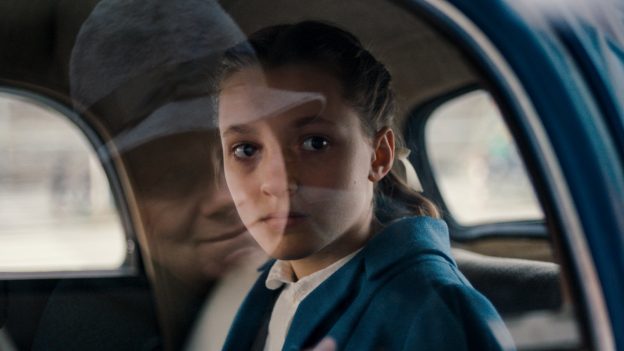
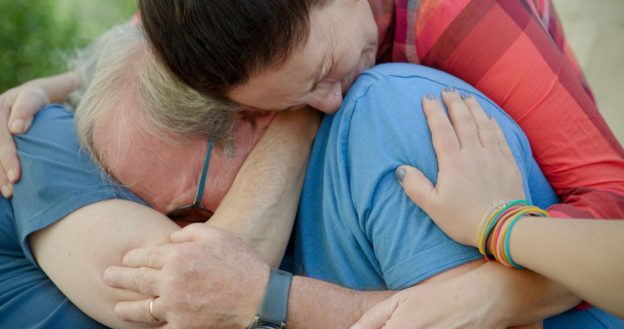
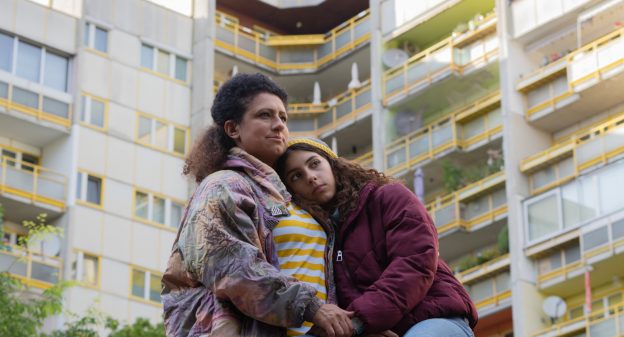
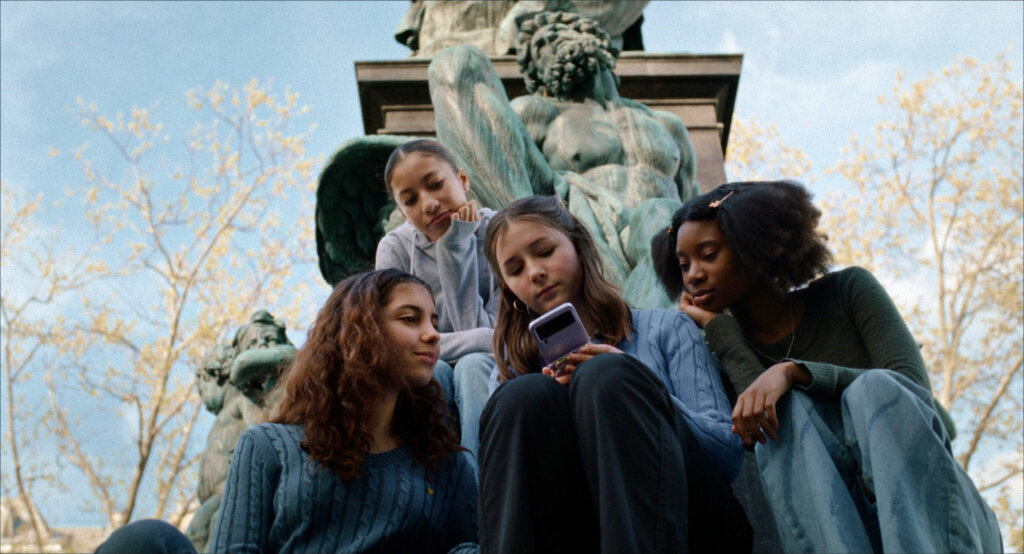
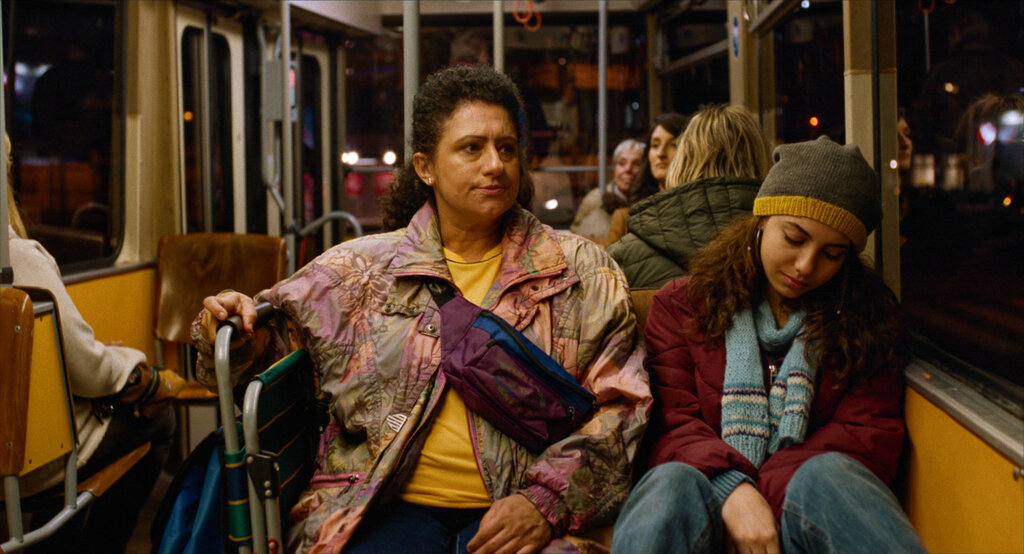
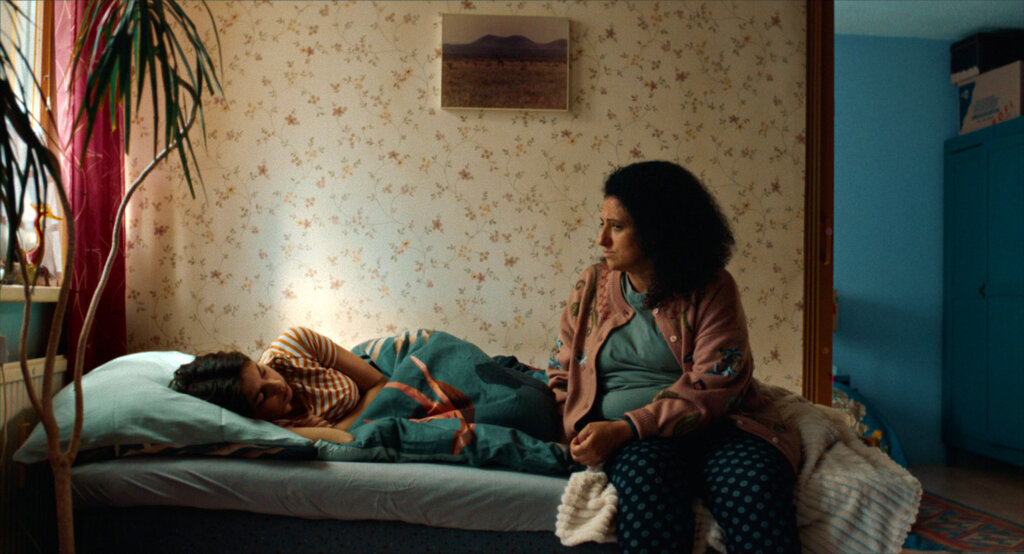
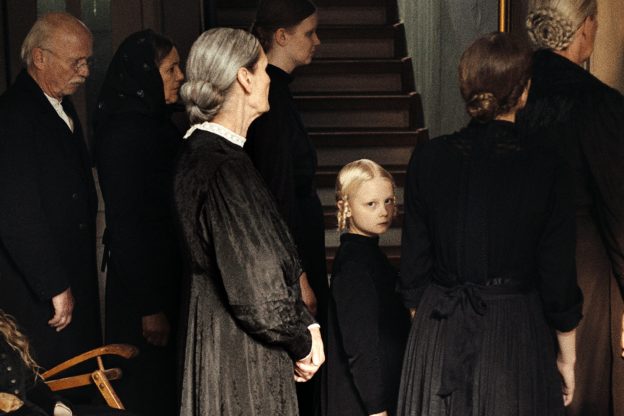





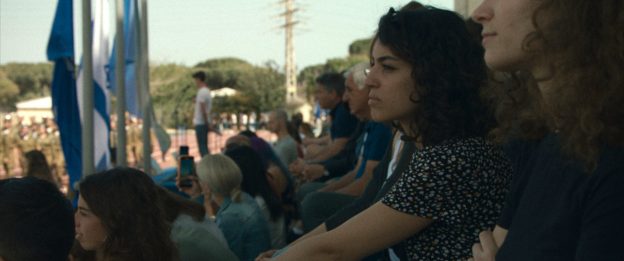
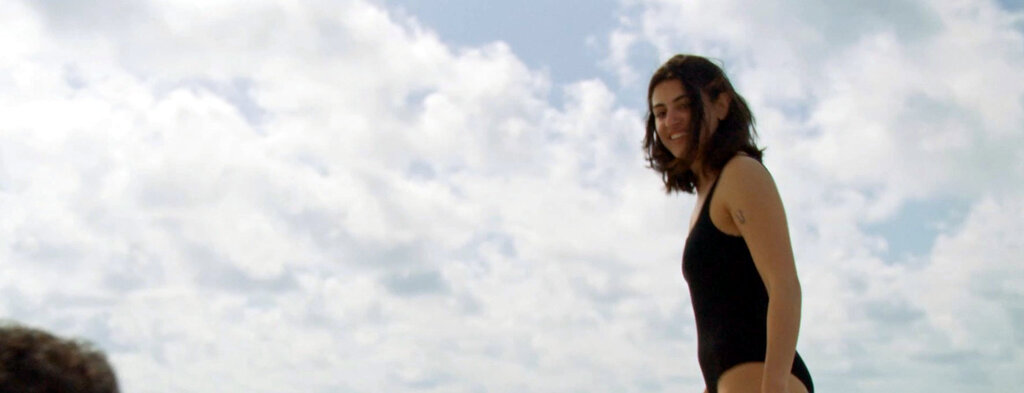
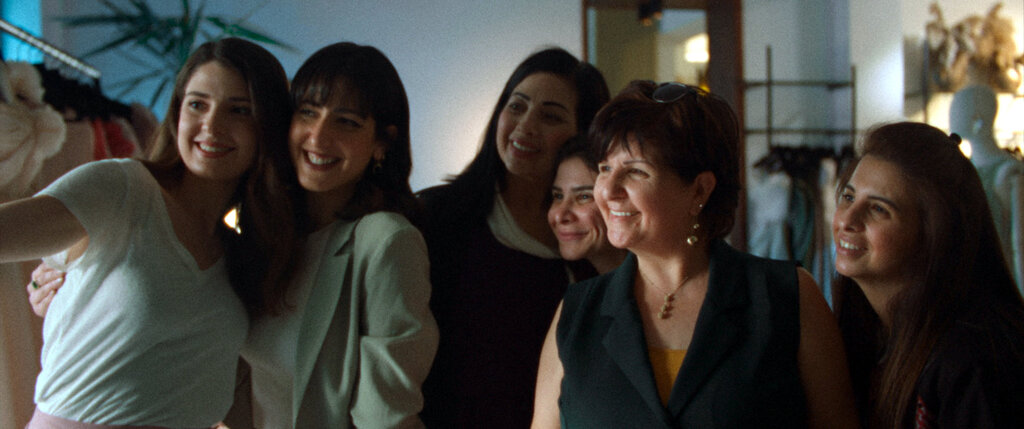
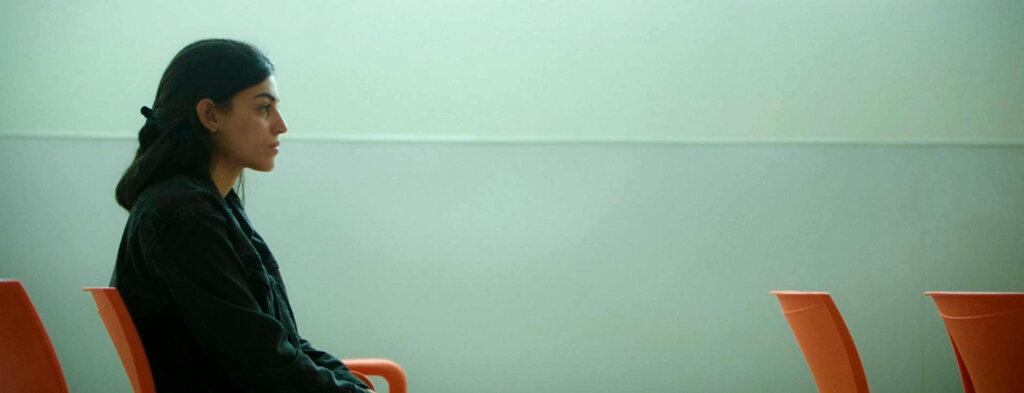
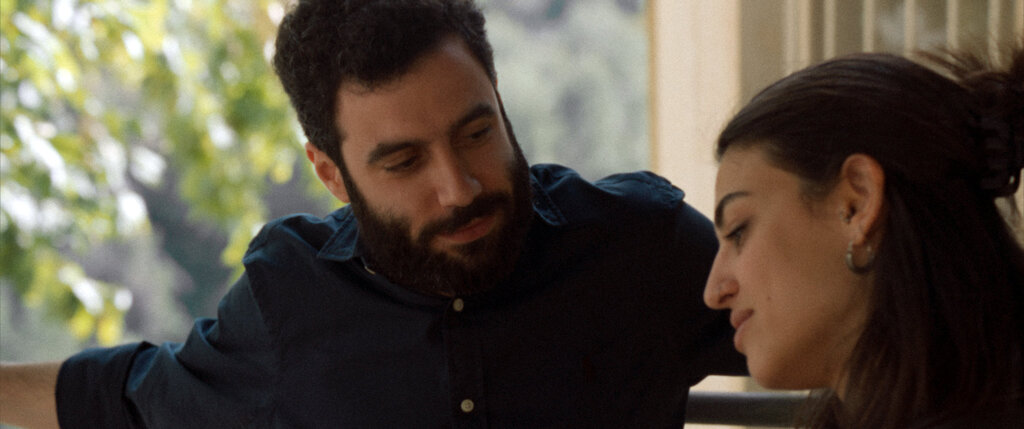
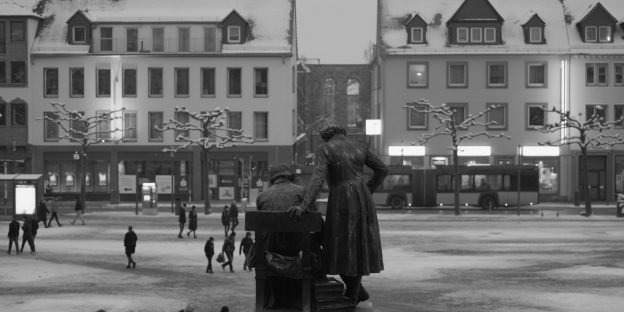




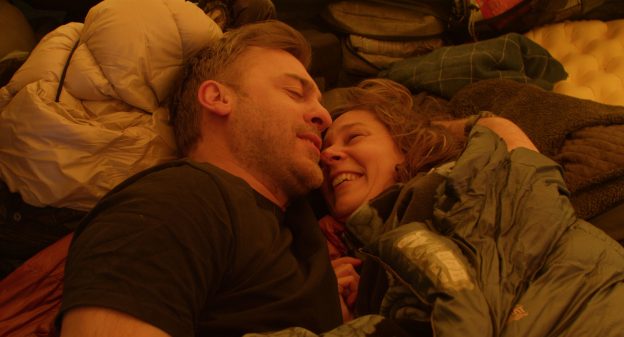
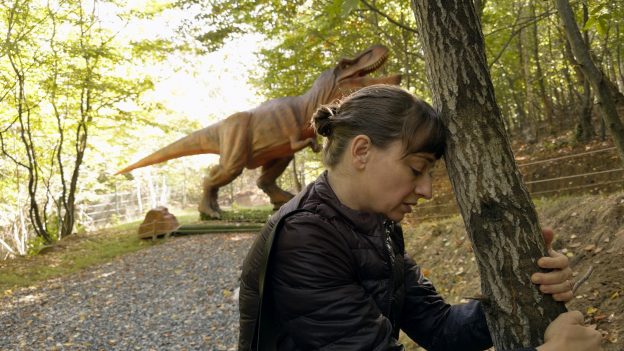
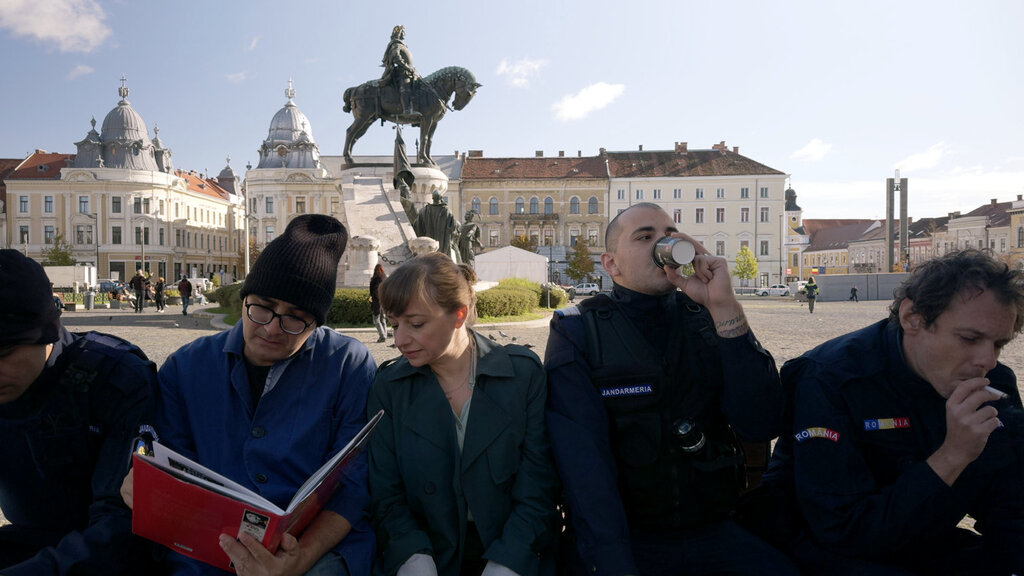
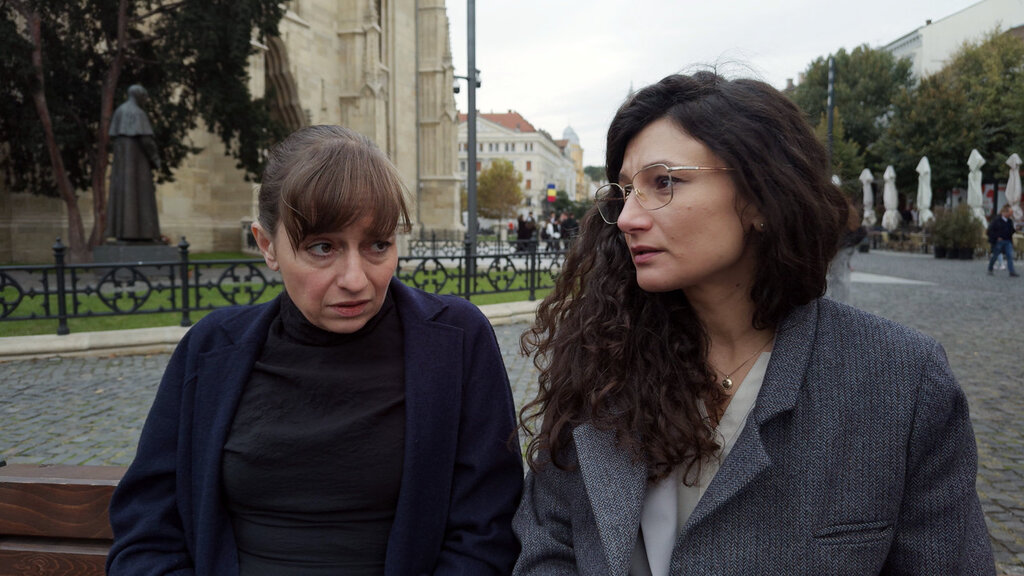
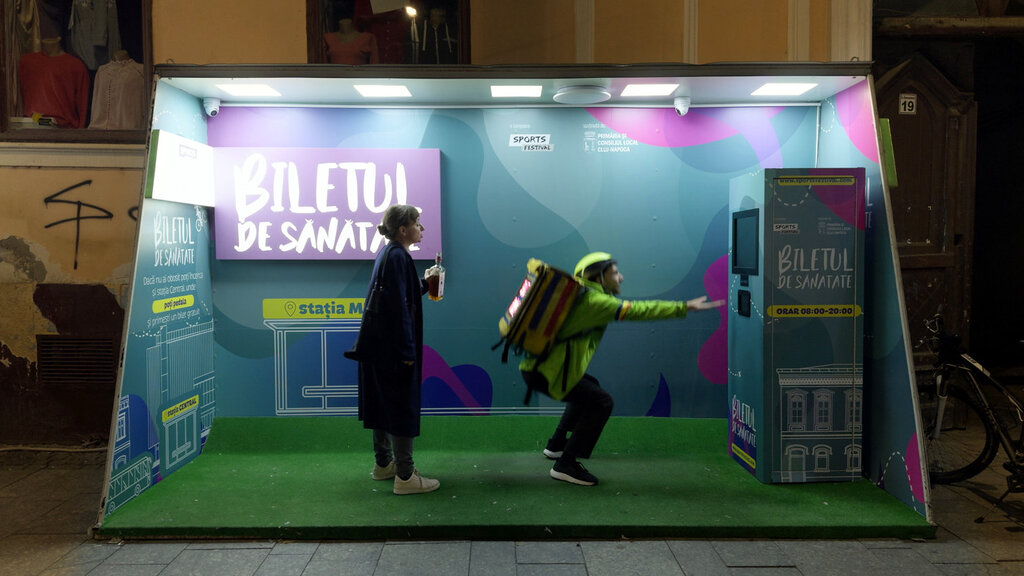
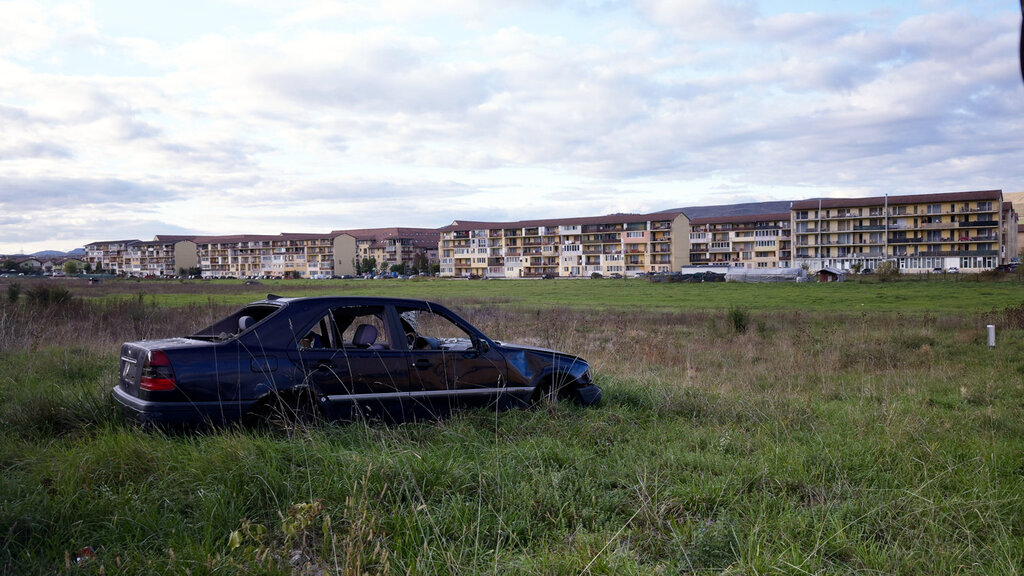
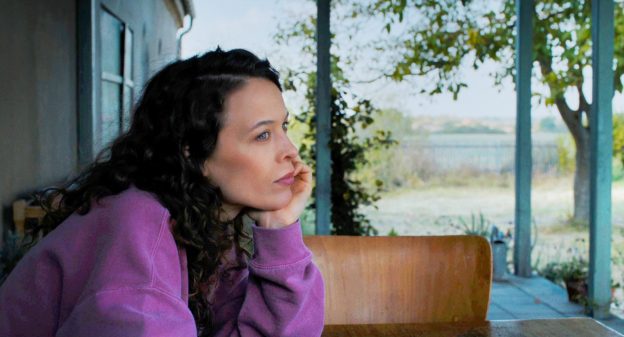
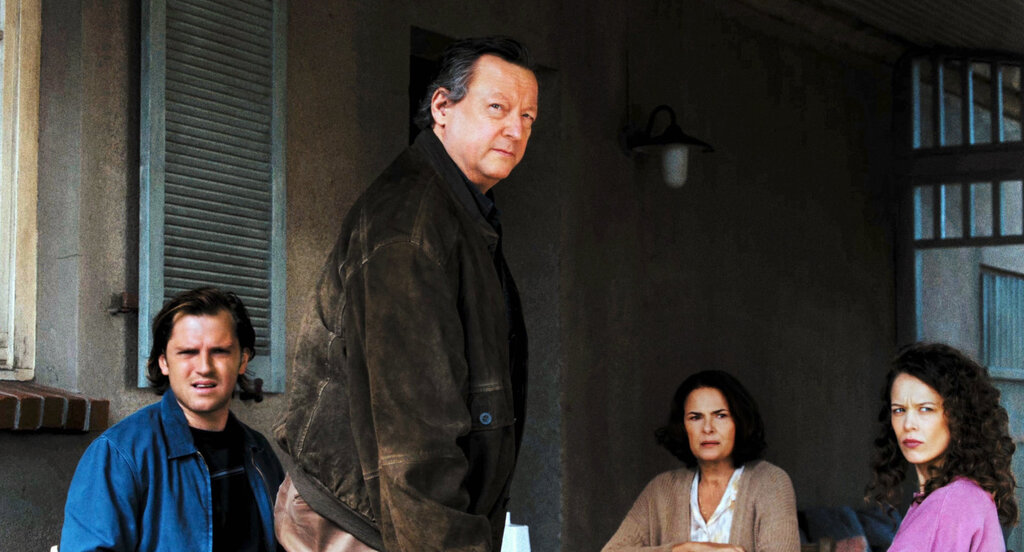
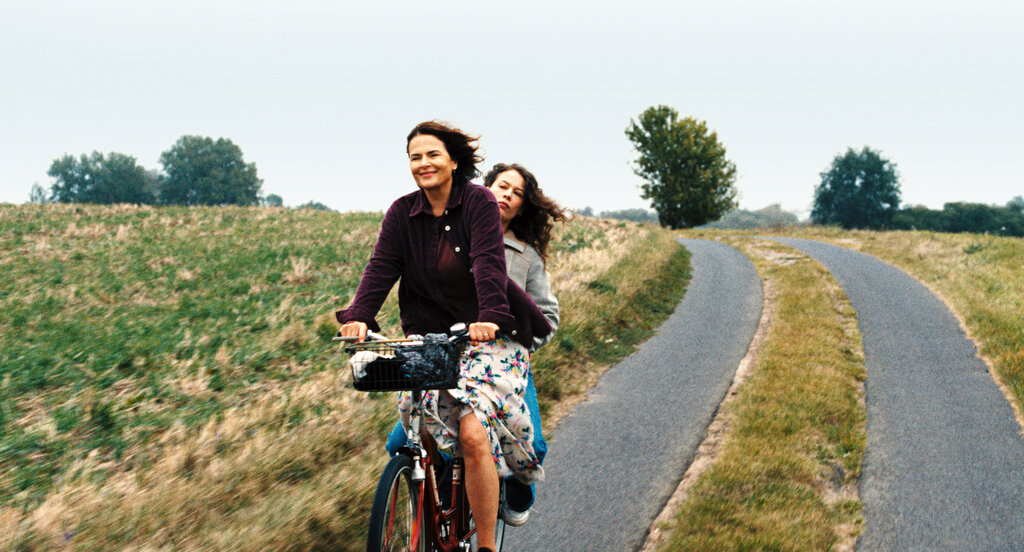
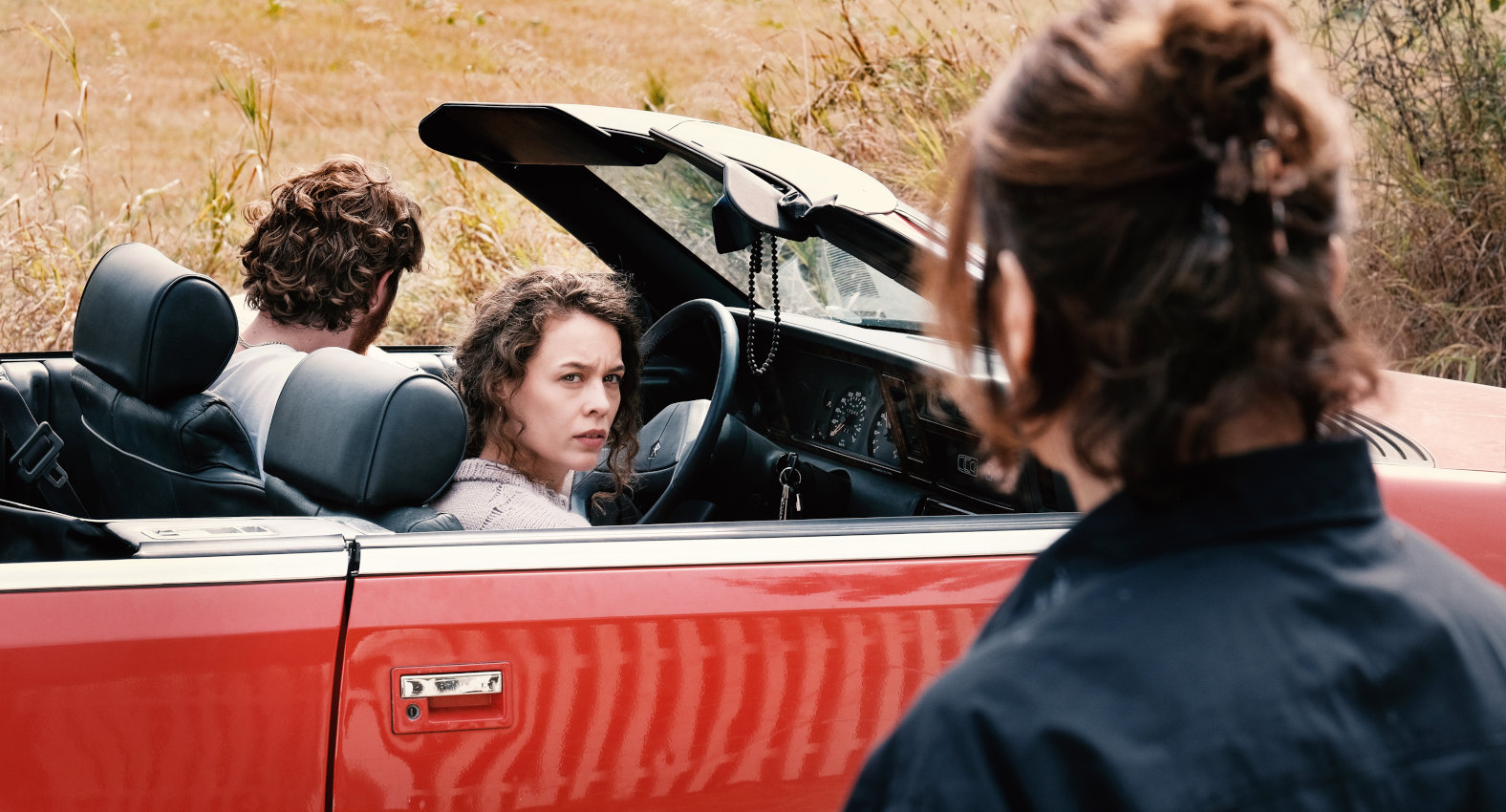
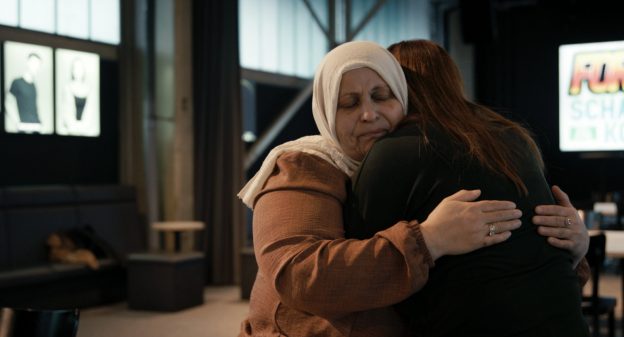





 English
English